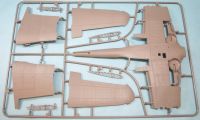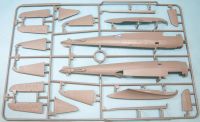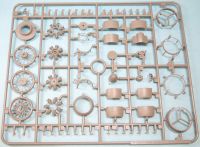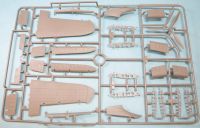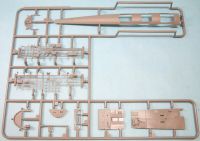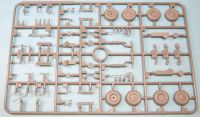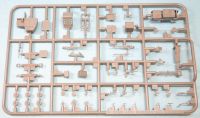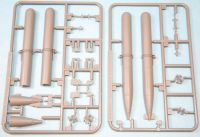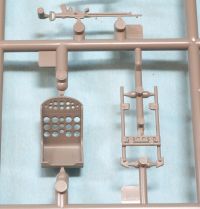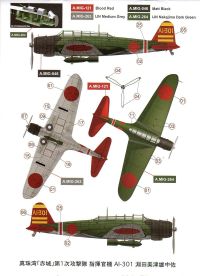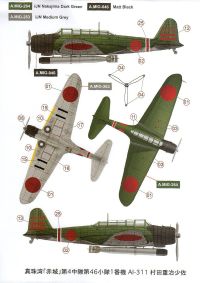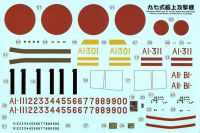Border Model | "Battle of Pearl Harbor" Akagi Bridge w/Flight Deck & Nakajima B5N2 Type 97 Carrier Attack Bomber (Kate)
Reviewed by Ray Peterson
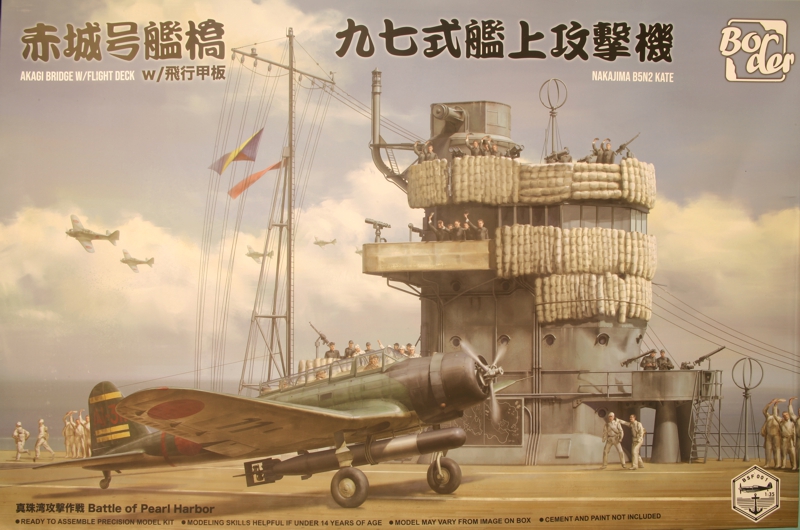
An oft requested aircraft, Border is the first to release a large scale model of the Japanese’s front line attack bomber / torpedo bomber at the time of Pearl Harbor, albeit in the odd scale (for aircraft) of 1/35th.
The model I purchased is the combo kit of the Kate and the “Battle of Pearl Harbor” Akagi Bridge with Flight Deck. It comes in a large box, about 53cm x 35cm x 20cm.
The Kate kit is made up of 9 styrene sprues and one clear sprue. Also included is a small fret of PE details and a sheet of decals.
Sprues A, B, C include the main airframe parts. The fuselage itself is made up of four parts: a bottom, sides, and a separate top (which is on Sprue D). Wings are made up of seven parts plus separate wing roots, flaps and ailerons. They also give you the necessary parts to fold the wings. Sprue D and most of Sprue K is for the cockpit.
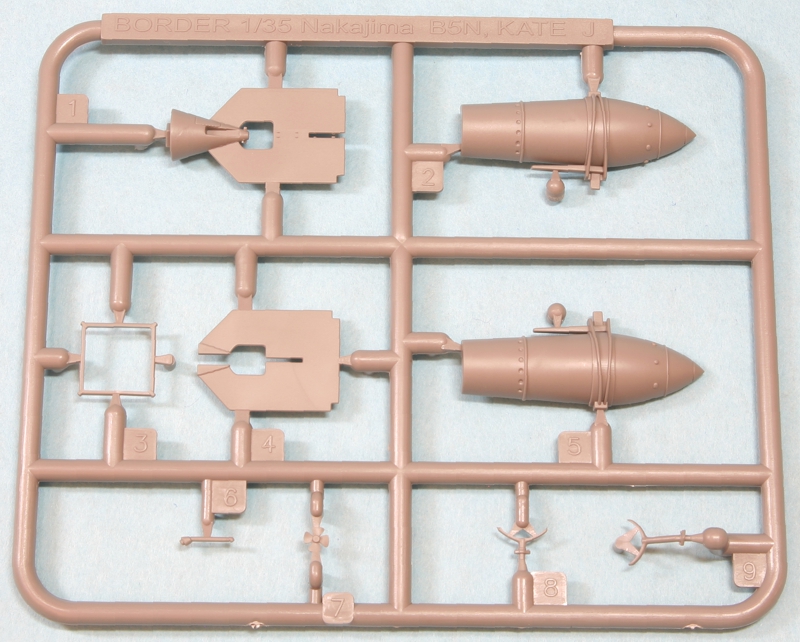
Sprue E is entirely dedicated to the engine. Sprue F is for landing gear and other miscellaneous small details. Sprue G and H provide a pair of torpedoes; G is the shallow running torpedo with the wooden modifications and H has the unmodified torpedo. Sprue J is for the bomb option.
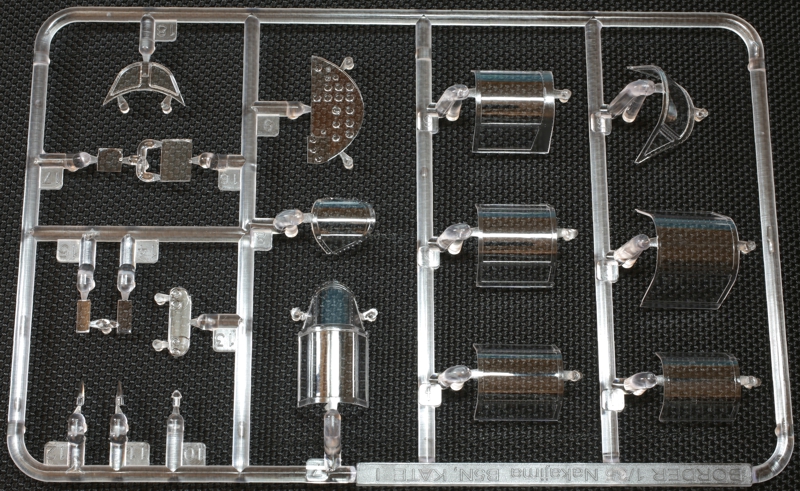
Sprue I contains the clear parts, some being optional for open or closed sections.
The plastic is molded with very crisp details and no flash. And that detail is very good. Airframe parts have subtle in and out oil canning, as well as fine, raised rivets. The cockpit is very detailed, including one of the best injected-molded perforated pilot seats I have seen, thin and sharp. The engine is made of 62 parts including the option of open or closed cooling flaps.
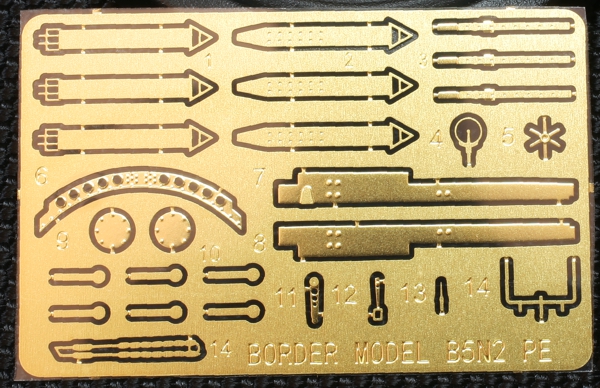
The PE fret holds mostly additional cockpit details including framing, levers, and the gunsight.
Markings have been developed with the help of Ammo by Mig in Spain. Color four-view drawings show two camo schemes, one of AI-301 carrying a bomb, and the other being AI-311 carrying a torpedo. The decals not only hold these markings but also include extra numbers and call signs for creating other aircraft.

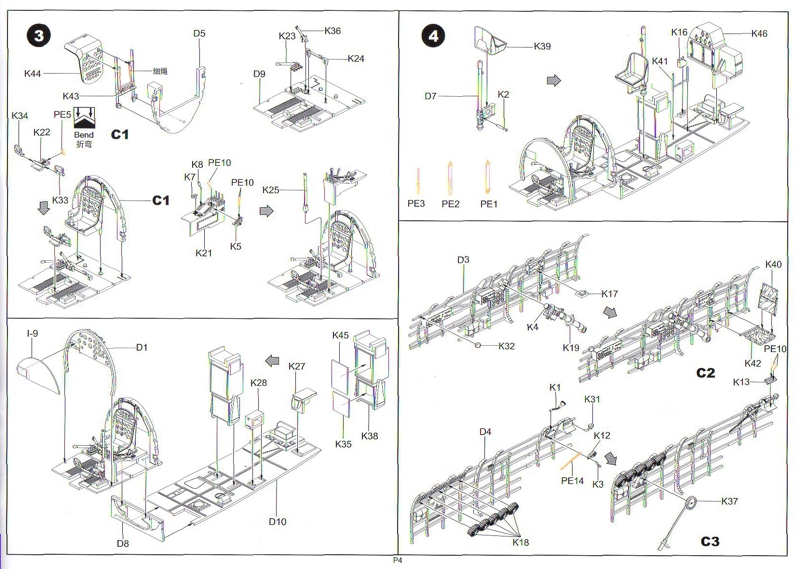
The instructions are typical line drawings, although some of them are not too helpful. Study them carefully to make sure you understand what goes where before gluing any assemblies together.
In summary, it appears to be a very nice kit, albeit in a scale many will not be happy with. To see a built example, check out Dave Pogson’s model.
Now, as for the Akagi part of the package.
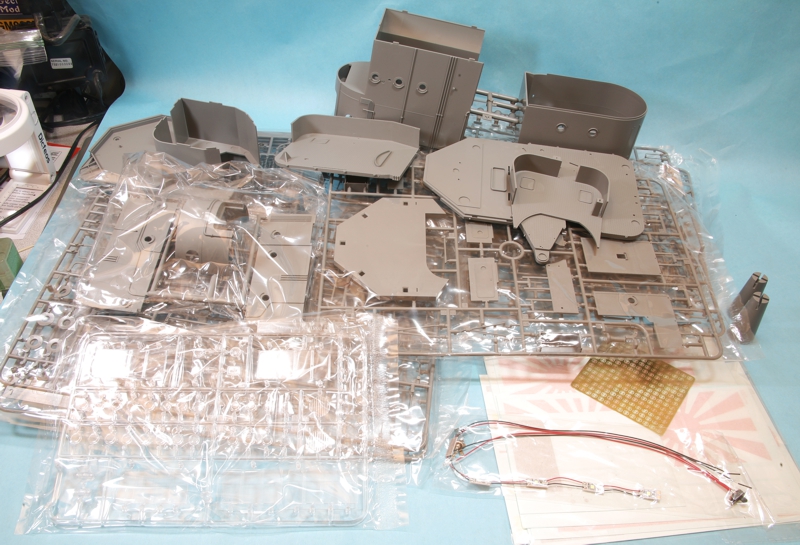
I will not go through all the sprues, as this is the Large Scale Planes site, not Large Scale Ships, but know there are eleven of them plus several large superstructure parts, plus base parts plus PE tie downs, plus lighting components (!) plus decals. It is quite a pile. The instructions are just as vague in places as the set for the Kate. For example, the instructions show where the lighting goes but not where to run the wires, where you could hide the batteries, or what size batteries you need to use.
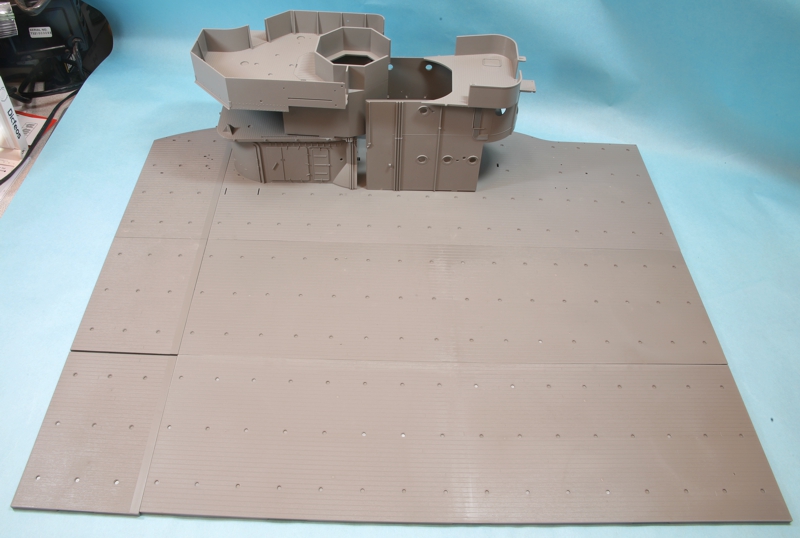
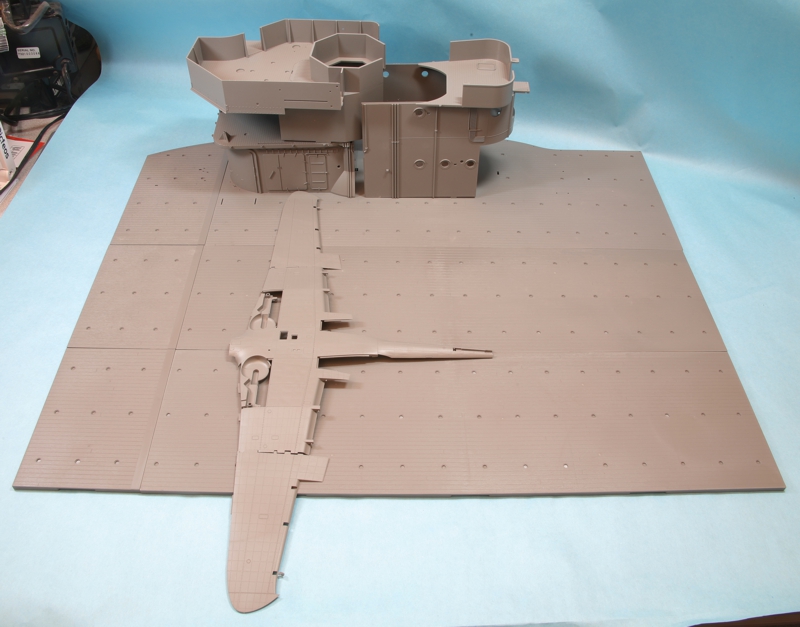
The Akagi base is large, too. I dry-fitted all the base parts together and set some of the large superstructure parts together (not correctly) to give you an idea of the scale. In total, it is about 22” by 19” or 56cm by 47cm. The only problem is even at that size the Kate doesn’t really fit. I set the wing parts on the deck to show you. The wing will hang over the side by at least six inches (15 cm). Personally, I will probably wait for the rumored A6M2 to come out and make my decision then. The Zero, with a wingspan 4 inches or 10cm shorter, should fit better. I don’t know enough about Japanese carries to know if you could change it to a different carrier. The kit does not include the rolled up bedding or padding around the bridge as protection from shrapnel.
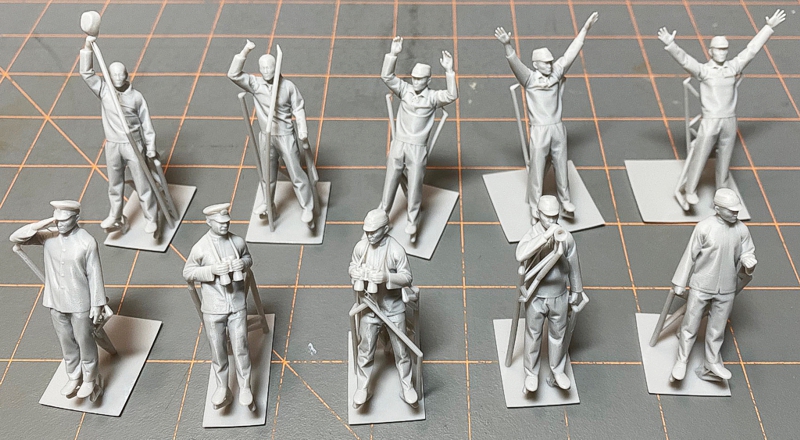
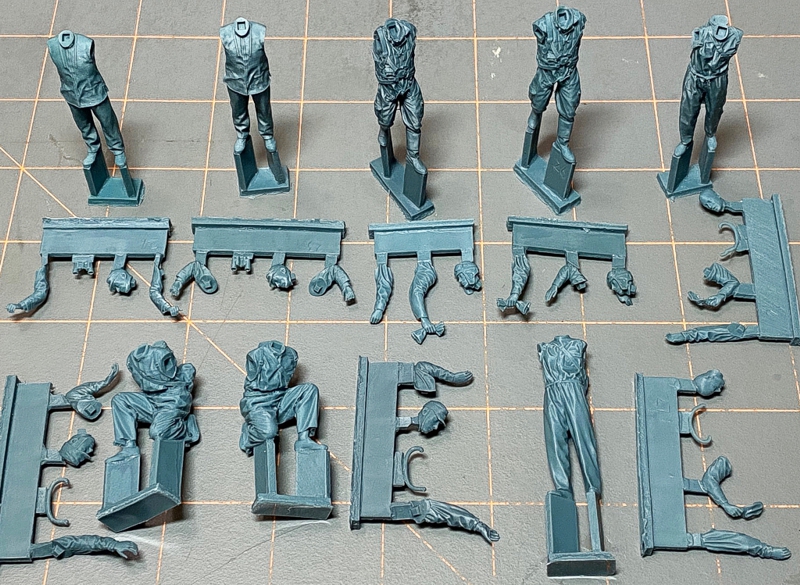
I also purchased two sets of figures to flesh out the deck. One set of 8 figures is by Border themselves, the other is a ten figure set from an outfit or person named “3DJason” available on eBay. Both are resin, the 3DJason ones are 3D printed, the Border ones cast, possibly from 3D printed masters. Both sets are very nice, the Border ones seem to have a little better definition, though they used the same torso in pairs: the two officers, the two pilots and the two standing crew. They just changed heads and arms a bit, which are all separate parts. The 3DJason set are all individuals and are all one piece. The two sets should work well together and fill out the base well.
In summary, the combination of Akagi base and aircraft and figures would make a spectacular diorama. It will be interesting to see how many we see actually get built.
© Ray Peterson 2024
This review was published on Saturday, July 13 2024; Last modified on Sunday, July 14 2024

